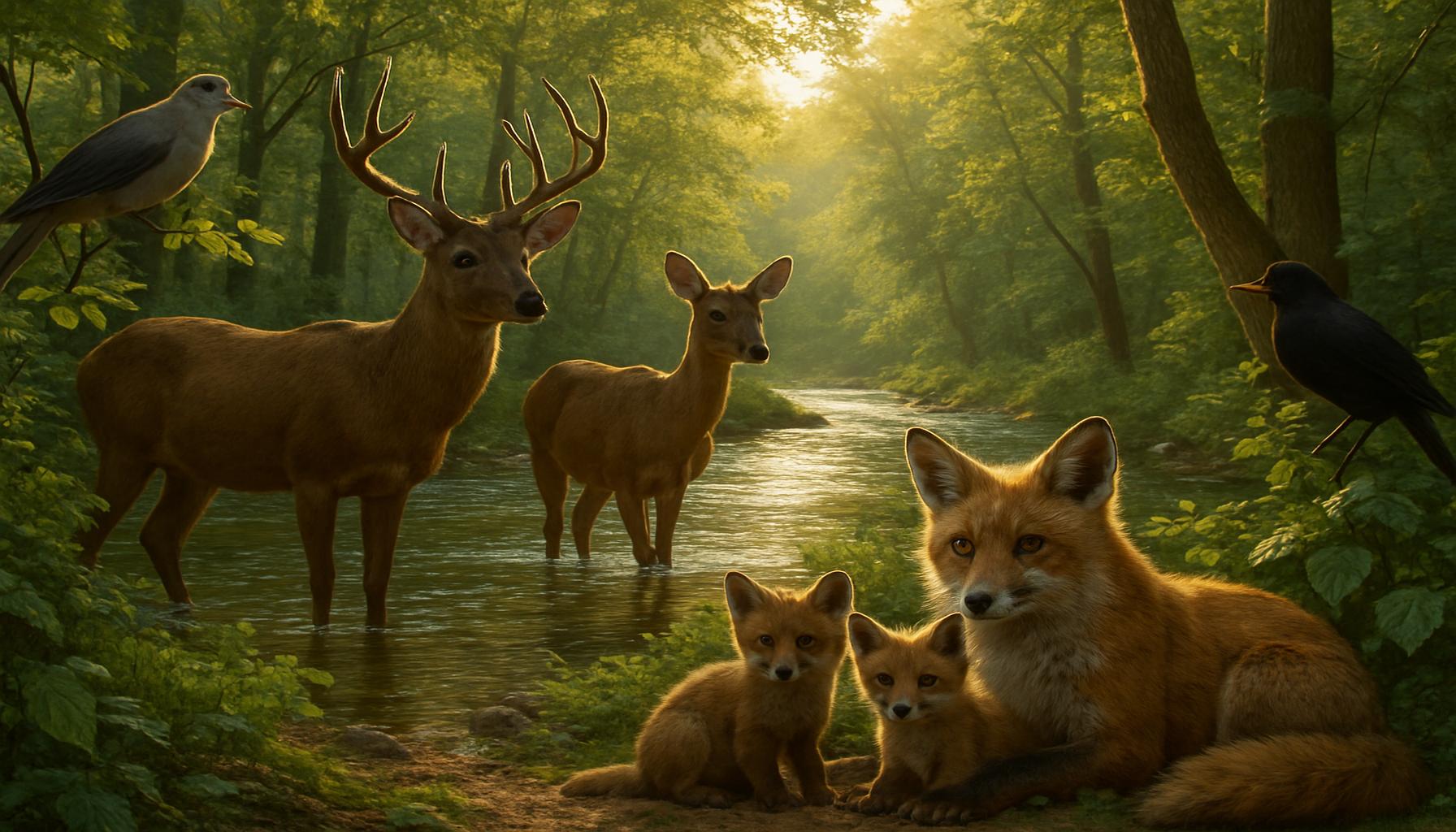Photography as a Form of Personal Expression: Capturing Emotions and Narratives

The Power of Photography in Personal and Cultural Narratives
Photography transcends mere documentation; it’s an artistic outlet and a profound form of personal expression. Through the lens, individuals can present their unique perspectives, emotions, and stories, sharing narratives that words often fail to convey. In the United States, this art form has evolved into a vital medium for personal and cultural expression, reflecting the diverse tapestry of human experience found within its borders.
Consider how photography plays a crucial role in various aspects of life:
- Portraiture provides a window into the character and emotions of subjects, capturing more than just their likeness. Renowned portrait photographers like Annie Leibovitz have demonstrated how lighting, composition, and context can reveal the deeper essence of individuals, reflecting their life stories and identities. For instance, the iconic photograph of John Lennon and Yoko Ono taken by Leibovitz just hours before Lennon’s tragic death embodies not just their love but also a moment steeped in history.
- Street photography captures the essence of urban life, offering candid glimpses into the day-to-day experiences of people in bustling cities. Photographers like Henri Cartier-Bresson pioneered this genre, emphasizing the “decisive moment.” In cities like New York or San Francisco, street photographers can document everything from a spontaneous celebration to moments of solitude, chronicling the hidden narratives that unfold in the public sphere.
- Nature photography highlights the beauty and fragility of our environment, making statements about conservation and appreciation for the natural world. Photographers like Ansel Adams have elevated landscape photography to an art form that not only reveals the majestic splendor of places like Yosemite National Park but also fosters an emotional connection to nature. This genre increasingly plays a role in eco-activism, urging viewers to reflect on the urgent need for environmental protection.
Each captured image conveys a slice of reality, layered with meaning and context. Photographers strive not just to replicate what they see but to offer a glimpse into their inner worlds. The connection between the photographer and their subject creates powerful narratives, inviting viewers to explore the depth of human experience. This dialogue often reveals insights about cultural dynamics, social issues, and even the evolution of communities over time.
With the rise of social media platforms like Instagram and Flickr, more individuals than ever are embracing photography as a tool for expression. This accessibility allows for diverse voices to emerge, challenging traditional norms and broadening the dialogue around identity, culture, and emotion. For example, hashtags like #BlackLivesMatter or #MeToo have been enriched with powerful photographic narratives that amplify these movements, showcasing the intersection of art and activism.
Discover how photography serves as a bridge between personal vision and shared humanity. The art of photography invites both the creator and observer to engage in a visual exploration of our world, connecting us in ways that transcend language and geography.

DISCOVER MORE: Click here to uncover the healing power of photography
Exploring the Depths of Emotion through Photography
Photography, at its core, is an incredible means of communicating feelings and ideas that may be difficult to articulate through language. This visual art form not only presents a subject but also delves into the intricacies of human emotion and experience, making each photograph a unique narrative in itself. In the rich context of the United States, photography finds its voice through personal stories, cultural connections, and the dynamic interplay of people and places.
When we consider documentary photography, it becomes evident how images can serve as powerful storytellers. Photographers like Dorothea Lange, known for her impactful work during the Great Depression, captured the struggles of American families, transforming their plight into a poignant visual narrative that resonated with viewers long after the events had passed. Lange’s photograph, “Migrant Mother,” is an enduring example of how a single image can evoke empathy and prompt social change. It challenges viewers to confront the realities of hardship and resilience reflected in the faces of her subjects.
Moreover, conceptual photography allows artists to explore their personal reflections on identity and existence. This genre often combines props and staging to convey complex ideas and emotions, enabling the artist to communicate their internal world. A notable figure in this field is Cindy Sherman, who uses self-portraiture to examine themes of femininity, identity, and societal expectations. Sherman’s work provokes introspection by inviting the audience to question the constructed nature of identities, making it a profound example of how photography can serve as catharsis and commentary.
Many photographers are also using their craft to highlight social issues. The rise of photojournalism in the digital age plays a critical role in documenting events and raising awareness about pressing topics such as climate change, social justice, and mental health. Through a visual narrative, photographers shine a light on marginalized communities and issues often overlooked by mainstream media. A powerful instance of this is represented in the work of photographers who chronicle the lives of individuals experiencing homelessness in cities across the U.S., emphasizing their human stories amid societal neglect.
- Portrait photography – A personal exploration of identity and character through intimate visual documentation.
- Event photography – Capturing moments of significance that speak to cultural memories and experiences shared within communities.
- Travel photography – Not only showcasing destinations but also telling the personal stories of people encountered along the journey.
In analyzing these distinct styles, it becomes clear how photography transcends representation. It acts as a bridge between the artist’s vision and the viewer’s perception, creating an emotional resonance that captivates audiences. This serves to reinforce the notion that every photographer is also an emotional storyteller, weaving narratives that encapsulate the human experience in all its complexity.
As the popularity of photography continues to grow with the advent of affordable technology and social media platforms, new voices and perspectives emerge. Each image shared contributes to a collective narrative, one that binds audiences together through shared emotions and experiences. This communal aspect of photography enhances personal expression, allowing individuals from diverse backgrounds to narrate their stories and connect with others in profound ways.
In the realm of photography, the camera serves as an extension of the photographer’s vision, allowing the artist to weave intricate narratives that resonate deeply with viewers. This medium not only captures fleeting moments, but it also allows individuals to convey emotions that words often fail to express. Through the lens, photographers explore a multitude of themes, including love, loss, and the raw essence of human experience, transforming ordinary scenes into poignant stories.One of the fundamental aspects of photography as a form of personal expression is its ability to evoke strong emotional responses. Each snapshot invites the observer to step into the photographer’s shoes, encouraging them to engage with the narrative presented. A well-composed photograph can stir memories or feelings, fostering a sense of connection between the viewer and the subject. For instance, capturing a candid moment between loved ones can convey joy and intimacy, while a shot that highlights isolation can evoke a sense of melancholy.Moreover, the choice of composition plays a pivotal role in shaping the narrative. From framing and lighting to color palettes, every decision contributes to the overall emotional impact of the image. Photographers often employ techniques like depth of field, contrast, and leading lines to draw the viewer’s eye to the most important elements of their story. This meticulous attention to detail showcases the artist’s intent, compelling the audience to not just look, but truly see.The modern photographer has an unprecedented platform for expression, thanks to the rise of social media and digital galleries. Now, artists can share their work globally, receiving instant feedback and creating dialogues about their artistic choices and life experiences. This interconnectedness allows for a wide range of perspectives, making photography a communal form of storytelling, where diverse narratives converge and audiences are inspired to share their own stories through the art of photography.This exploration of emotions and narratives through the lens not only enriches individual creativity but also fosters empathy and understanding among diverse audiences. As viewers experience the complexities of life through another’s perspective, they are often compelled to reflect on their own experiences, highlighting the transformative power of photography as a form of personal expression. As we delve deeper into the art of photography, it becomes clear that capturing these intimate moments is not merely about documenting reality; it is about interpreting and sharing the profound stories that exist within each frame. The journey of a photographer is one of constant evolution, where personal expression, technical skill, and emotional storytelling intertwine to create a lasting impact on both the creator and the observer.
DISCOVER MORE: Click here to delve deeper
The Intersection of Photography and Culture
As a form of personal expression, photography also acts as a mirror reflecting the cultural landscape of the United States. The multifaceted nature of American society finds its expression through the lenses of photographers who document the diverse narratives that define the nation. From the vibrant street festivals in New Orleans to the solemn gatherings at national monuments, every click of the shutter encapsulates the essence of lived experiences that resonate with the heart of the community.
Consider the realm of candid photography, where the spontaneity of everyday moments is captured in their raw form. Candid shots often evoke a profound sense of authenticity, offering glimpses of human connection that might otherwise go unnoticed. Photographers like Vivian Maier, whose work was brought to public attention posthumously, are celebrated for their ability to immortalize fleeting moments of city life. Through her photographs, the vibrant energies of urban settings are showcased, revealing a story that is intricately interwoven with cultural narratives, from joy to sorrow.
In addition to capturing individual emotions, landscape photography serves as a powerful avenue for personal expression by channeling the beauty and drama of the natural world. The American landscape presents an array of breathtaking vistas — from the majestic Grand Canyon to the serene shores of the Pacific Northwest. Photographers such as Ansel Adams harnessed the sublime qualities of the environment, using techniques such as contrast and composition to evoke awe and reverence. Through these images, viewers are invited to reflect on their relationship with nature while contemplating broader themes like conservation and the environment, thus turning photography into a discourse on environmental stewardship.
The evolution of social media has reshaped the dynamics of how personal narratives are shared through photography. Platforms like Instagram and Facebook have transformed the way audiences engage with visual storytelling. Photographers can now reach a global audience instantly, allowing for an exchange of cultural perspectives and emotional experiences. This democratization of photography has led to the emergence of grassroots movements where individuals can document and amplify voices often left unheard. The rise of hashtags like #BlackLivesMatter has become synonymous with powerful imagery that evokes passion and solidarity, reinforcing the idea that photography can serve as a vital instrument for social change.
As more people embrace their smartphones as tools for creative expression, the lines between professional and amateur photography continue to blur. The accessibility of technology enables countless individuals to share their personal stories, enhancing the tapestry of collective memory. Each photograph posted online becomes a thread in a larger narrative, enabling people to bond over shared experiences of love, loss, triumph, and everyday life. This shift challenges traditional definitions of professionalism in the art of photography, as seen in the work of influencers and everyday photographers alike who meticulously craft images reflecting their identities.
Furthermore, the advent of digital editing tools has expanded the possibilities of how photographers express themselves. Techniques such as double exposure or surrealistic edits allow for the manifestation of abstract emotions and dreamscapes, fostering a deeper exploration of the self. Modern photographers like Erik Almas and Dan Mountford use digital manipulation to create evocative imagery that often transcends reality, leading viewers into realms that invite personal interpretation and emotional contemplation.
In this age of rapid visual communication, the impact of photography as a form of personal expression is profound. It resonates far beyond aesthetics; each image contributes to a continuing dialogue about identity, culture, and shared human experiences. As new talents emerge and perspectives evolve, the landscape of personal expression through photography remains ever vibrant, reminding us of our interconnectedness through narrative and emotion.
DIVE DEEPER: Click here to uncover the evolution of techniques
Conclusion: The Enduring Power of Photography
In conclusion, photography stands as a profound medium for personal expression, offering individuals a platform to articulate emotions and share unique narratives within a culturally rich tapestry. It allows photographers to transcend time and space, capturing fleeting moments that resonate deeply with viewers, evoking empathy and reflection.
The intersection of photography and culture highlights its role as a vital archive of societal experiences, from mundane daily life to significant historical events. The accessibility of smartphones and digital tools has democratized photography, empowering diverse voices to participate in this universal form of storytelling. Just as candid shots reveal genuine human connections, landscape photography fosters appreciation for the natural world, inspiring conservation and environmental awareness.
Moreover, the rise of social media has transformed how images are shared, creating a global network that amplifies individual narratives and cultural contexts. Grassroots movements and social change are increasingly driven by powerful visuals, demonstrating photography’s capacity to be a catalyst for dialogue and action. As we navigate through this fast-paced visual landscape, the significance of each photograph transcends mere aesthetics, inviting viewers into an intimate conversation about identity, culture, and collective memory.
Ultimately, photography serves not only to document our world but also to inspire deeper connections and understanding among diverse communities. As we explore the evolving landscape of personal expression through photography, we are reminded of the enduring power of images to capture the essence of the human experience and foster a sense of unity in our shared narratives.



